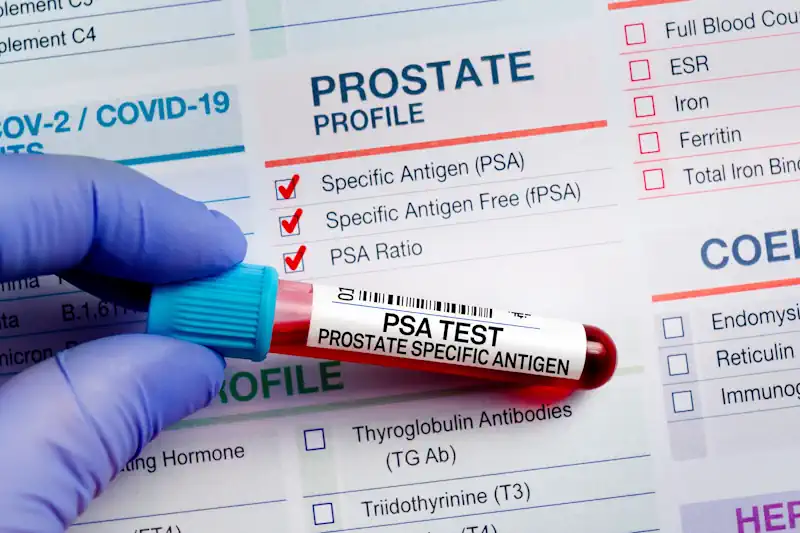Imagine a silent, deadly enemy lurking within your body, waiting to strike when you least expect it. This is the reality of cancer, a disease that claims millions of lives each year. But what if there was a way to detect this enemy before it had a chance to cause irreparable harm?

Enter cancer screenings, a powerful weapon in the fight against this devastating disease. By identifying cancer at its earliest and most treatable stages, screenings have the potential to save countless lives and give individuals the best possible chance at a healthy future.
Cancer Screenings
Cancer screenings serve as an important tool in preventive healthcare, creating the opportunity to detect cancer at its earliest and most treatable stages.
Screenings, defined as the systematic examination of asymptomatic individuals for the presence of cancer or precancerous conditions, are integral in identifying abnormalities before they develop into worsening conditions. Early detection through cancer screenings has been one of the best methods for increasing cancer survival rates.
In this next section, we’ll talk about cancer screening recommendations, describing the guidelines, methods, and rationale behind screenings for various cancer types. By promoting cancer screenings and embracing proactive health management, individuals can empower themselves to take charge of their health and live proactively.
Early Detection
Cancer screening provides early detection, early diagnosis, and early treatment of various cancer types, significantly improving patient outcomes and survival rates. Learning the recommended screening guidelines for different cancer types empowers individuals to make informed decisions about their healthcare.

In what follows, we describe the screening recommendations for lung cancer, cervical cancer, colorectal cancer, prostate cancer, and breast cancer, highlighting the general recommendations, screening methods, and frequency.
Lung Cancer Screening
Lung cancer screening is recommended for individuals at high risk of developing lung cancer, typically those aged 50 to 80 years who have a significant smoking history. The United States Preventive Services Task Force (USPSTF) recommends annual screening with low-dose computed tomography (LDCT) for individuals who meet the following criteria:
- Aged 50 to 80 years
- Current smokers or former smokers who have quit within the past 15 years
- A smoking history of at least 20 pack-years (packs smoked per day multiplied by the number of years smoked)
Lung cancer screening aims to detect lung cancer at an early stage when it is more treatable, potentially reducing mortality rates. LDCT is the primary screening modality used for lung cancer, as it can detect small nodules or masses in the lungs that may indicate early-stage cancer.
Prostate Cancer Screening
Prostate cancer screening is recommended for individuals usually beginning at age 50 and continuing until age 70.

The screening recommendations vary among professional organizations, with the USPSTF recommending against the routine screening for prostate cancer in average-risk individuals due to the potential harms outweighing the benefits. However, shared decision-making between patients and healthcare providers is encouraged for individuals considering screening.
Prostate-specific antigen (PSA) testing is the primary screening method used for prostate cancer. However, its utility in reducing mortality rates remains a topic of debate due to concerns about overdiagnosis and overtreatment.
Colorectal Cancer Screening
Colorectal cancer screening is recommended for individuals at average risk of developing colorectal cancer, typically beginning at age 45 and continuing until age 75. The USPSTF recommends several screening options, including:
- Stool-based tests (e.g., fecal occult blood test, fecal immunochemical test) every year
- Colonoscopy every ten years
- Flexible sigmoidoscopy every five years combined with stool-based testing every three years
Colorectal cancer screening aims to detect precancerous polyps or early-stage colorectal cancer, allowing for their removal or treatment before they progress.
Stool-based tests, colonoscopy, and flexible sigmoidoscopy are the primary screening methods used for colorectal cancer, with each offering different levels of sensitivity and specificity.
Breast Cancer Screening
Breast cancer screening is recommended, usually beginning at age 40 and continuing until age 75. The ACS recommends the following screening options:
- Mammography every year for individuals aged 40 to 54
- Mammography every 1 to 2 years for individuals aged 55 and older
Breast cancer screening is performed to detect breast cancer at an early stage when it is more treatable, potentially reducing mortality rates. Mammography is the primary screening method used for breast cancer, although additional imaging modalities such as ultrasound or magnetic resonance imaging (MRI) may be recommended for individuals at higher risk.

Cervical Cancer Screening
Cervical cancer screening is recommended for individuals, usually beginning at age 21 and continuing until age 65. The American Cancer Society (ACS) recommends the following screening options:
- Cervical cytology (Pap smear) every three years for individuals aged 21 to 29
- Cervical cytology alone every three years or cervical cytology with human papillomavirus
- (HPV) testing every five years for individuals aged 30 to 65
Cervical cancer screening aims to detect precancerous changes or early-stage cervical cancer, allowing for timely intervention and treatment. Pap smear and HPV testing are the primary screening methods used for cervical cancer, with HPV testing providing additional information about the presence of high-risk HPV strains that may increase cancer risk.
Final Thoughts
Understanding the recommended screening guidelines for various cancer types is essential in promoting early detection and reducing mortality rates.
By adhering to age-appropriate screening recommendations and discussing individual risk factors with healthcare providers, individuals can take proactive steps to protect their health and well-being. Regular cancer screening helps individuals to detect cancer at an early stage when treatment is most effective, ultimately improving outcomes and saving lives.

